What dog breeds are banned in the UK?
In the UK, five breed types have now been identified as dangerous or unmanageable. These are the Pit Bull Terrier, Japanese Tosa, Dogo Argentino, Fila Brasileiro and, most recently, Bully XL dogs. Despite the term banned breeds, deciding whether a dog should be banned is based on its appearance and behaviour rather than its name. For example, if your dog displays characteristics similar to those of a Pit Bull Terrier, it may be considered a banned breed.
When did banned breed legislation come into force?
The Dangerous Dogs Act was introduced in 1991 in response to a series of incidents involving aggressive dogs. The main aim of the act was to increase public safety and promote responsible pet ownership, but its effectiveness and success have repeatedly been called into question.
What does "banned breed" actually mean?
In the UK, so-called banned breeds are dogs prohibited under the Dangerous Dogs Act. Ownership of these breeds is restricted, and it’s illegal to breed, sell, abandon, or give away a banned dog. However, if a dog believed to be a banned breed meets strict criteria, it can be placed on the Index of Exempted Dogs and allowed to remain with its owner.
What are the conditions of owning a banned breed dog in the UK?
- Exemption certificate: Must have a valid Certificate of Exemption from the Index of Exempt Dogs.
- Neutering: The dog must be neutered.
- Microchipping: The dog must be microchipped for identification.
- Muzzling and leashing: Must be muzzled and kept on a lead in public at all times.
- Secure containment: Kept in a secure place to prevent escape.
- Insurance: Must have insurance against the dog injuring other people.
- Age restriction: The owner must be aged over 16.
- Documentation: Must show the Certificate of Exemption when requested by a police officer or council dog warden.
- Address notification: Inform the Index of Exempt Dogs of any address change or if the dog dies.
What happens if I’m caught with a banned breed dog?
The Dangerous Dogs Act in the UK allows the police or local council dog wardens to take away dogs that are considered banned breeds. This means the dog can be seized even if it’s not behaving aggressively and no one’s complained about it.
If the police suspect a dog is a banned breed, they can take it away in a public place without a warrant, but they usually need a warrant in private spaces unless they’re there for another reason, such as a drug search. A dog expert then evaluates the dog to determine its breed type and whether it’s dangerous. During this process, the dog is usually held in kennels, and the owner is not allowed to visit.
Do owners of unlicensed dogs go to prison?
You might have to go to court if you have a dog suspected of being a banned breed. You will need to prove that your dog isn't one of the banned types. If you can prove this, the court will let you keep your dog. If you cannot provide evidence that you’re not violating the law, or if you plead guilty to having a banned dog, you’ll be convicted of a crime. This offence carries a punishment of up to six months in prison, an unlimited fine, or both. Your dog will also be put to sleep.
Timeline of banned dog breeds in the UK
| Year | Breed Added |
|---|---|
| 1991 | Pit Bull Terrier |
| 1991 | Japanese Tosa |
| 1991 | Dogo Argentino |
| 1991 | Fila Brasileiro |
| 2024 | Bully XL Dogs |
Why certain breeds are banned
Why is the Dogo Argentino banned in the UK?
The Dogo Argentino was bred for big-game hunting and is known for its strength and endurance. Its ban stems from concerns about its aggressive tendencies, particularly when not adequately trained or socialised.
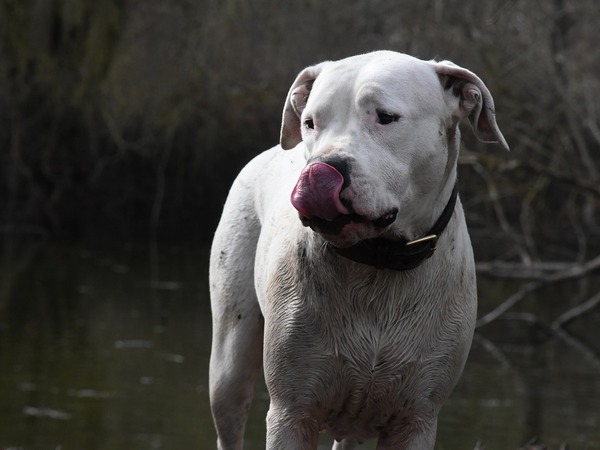
Why are Japanese Tosas banned in the UK?
Originally bred for dog fighting in Japan, the Japanese Tosa is known for its size and strength. The ban reflects concerns over its fighting lineage and its potential to harm if not managed by a responsible and experienced owner.
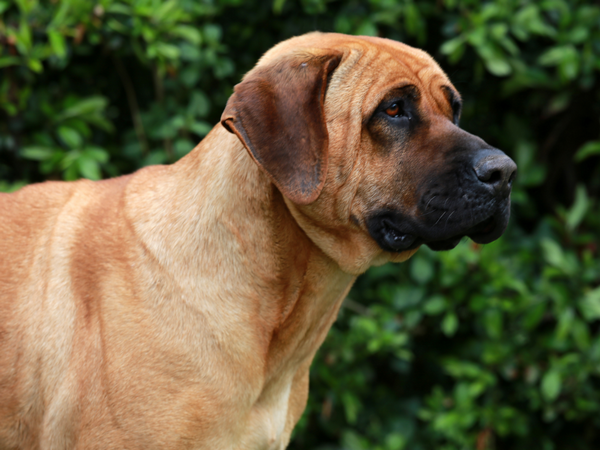
Why are Fila Brasileiros banned in the UK?
The Fila Brasileiro, or the Brazilian Mastiff, is a large, powerful dog with a strong protective instinct. It's ban in the UK is due to its potential for aggression, particularly when it perceives a threat to its owner or property.
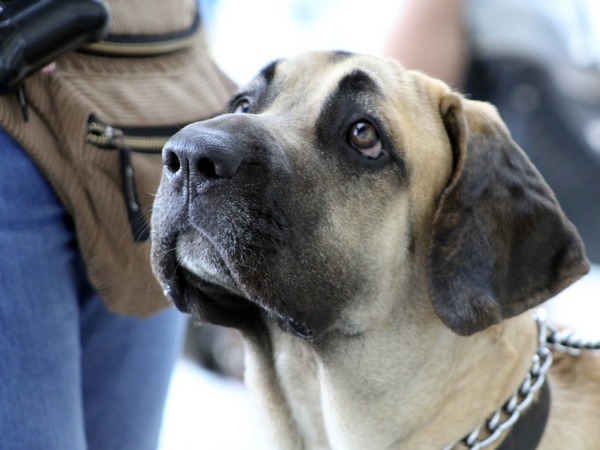
Why are Pit Bull Terriers banned in the UK?
The Pit Bull Terrier, often a subject of public debate, is banned primarily due to its historical use in dog fighting and the perception that it poses a higher risk of aggression towards people and other animals.
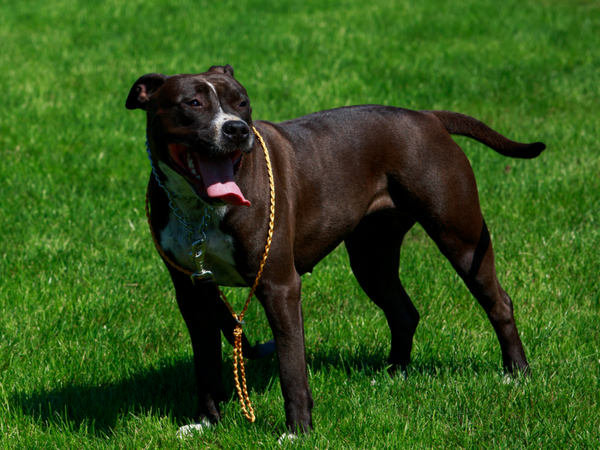
Why are Bully XL dogs banned in the UK?
Bully XL dogs are a new addition to the banned breed list. Like the others, they were banned primarily due to concerns about public safety and the potential risk these dogs might pose. For more information, read our article on XL Bully-type dogs.
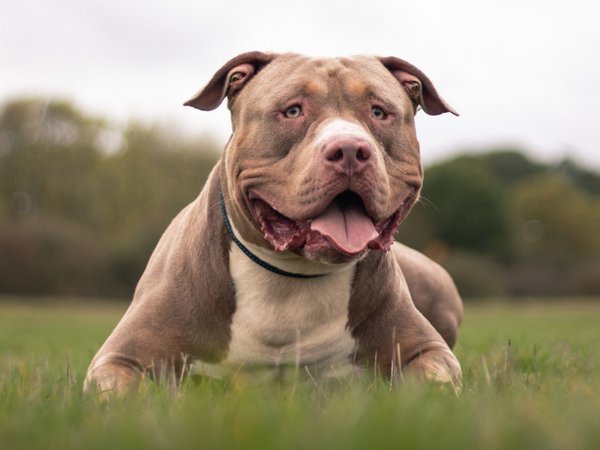
Is the ban likely to extend to other large breeds such as the Cane Corso and Presa Canaria?
There is concern that other large breeds, like the Cane Corso and Presa Canaria, might become popular alternatives to XL Bully-type dogs, particularly with unscrupulous breeders and owners. The government says it recognises this and is considering measures to address such scenarios.
What qualifies as a “dangerously out of control” dog?
In the UK, it's essential to keep your dog under control at all times. Your dog can be considered “dangerously out of control” if it harms someone or makes them scared of getting hurt. If your dog attacks another animal, or if someone fears they could be hurt when trying to stop your dog from attacking their pet, that can also be seen as dangerous. If your dog does any of these things, you could face serious consequences, such as a large fine or even a prison sentence. If your dog injures or kills someone, the penalties can be even more severe.

Where can I get more advice about banned dog breeds?
The government have produced guidelines on keeping banned breeds. But if you’re worried about your dog, speak to your vet using our find a vet page, or online using Video Vets Now.

